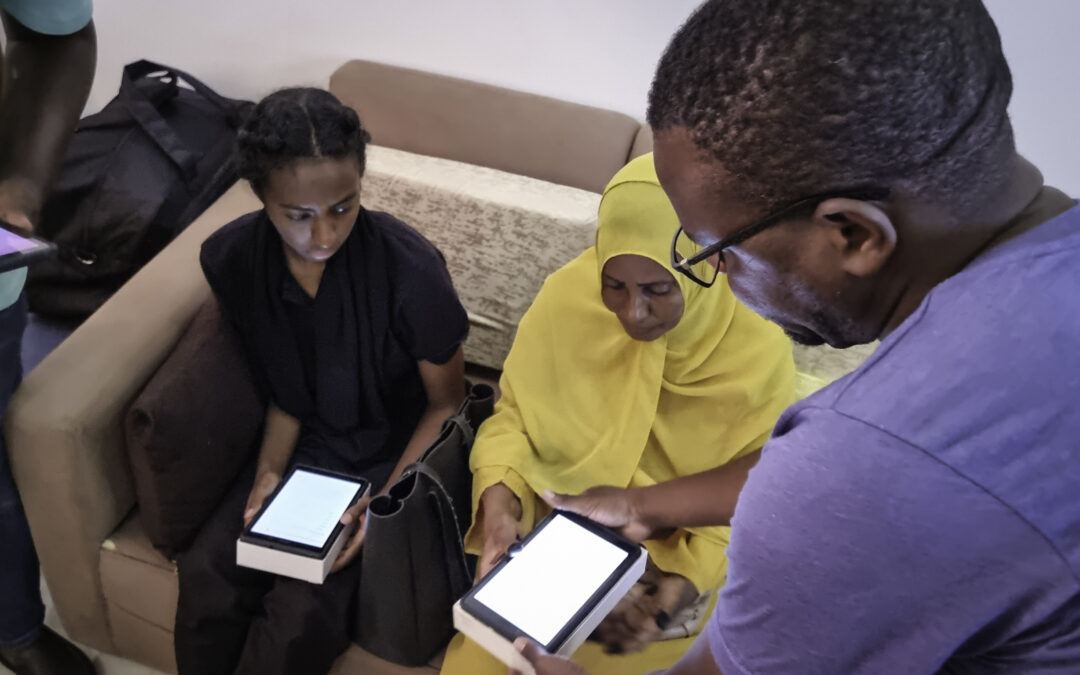

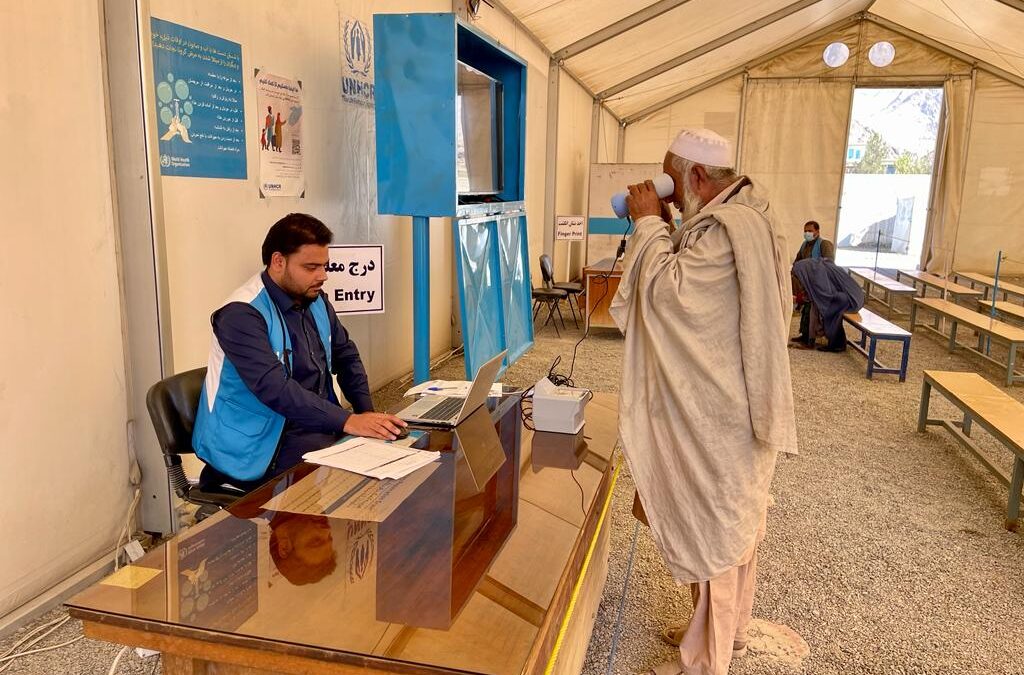
Using biometrics to support cash-based interventions for Afghan returnees
Forced displacement in Afghanistan is a multi-faceted situation within the country’s 40 years of protracted conflict. Furthermore, thousands of people are impacted by natural disasters, including earthquakes. This complex situation has led to an increased number of people becoming displaced both within the country and into neighboring countries. At end of November 2023, there are 7.7 million Afghans in Iran and Pakistan, including registered Afghan refugees and Afghans in refugee-like situations . At the same time, and despite the difficult situation, people still repatriate to their country of origin.
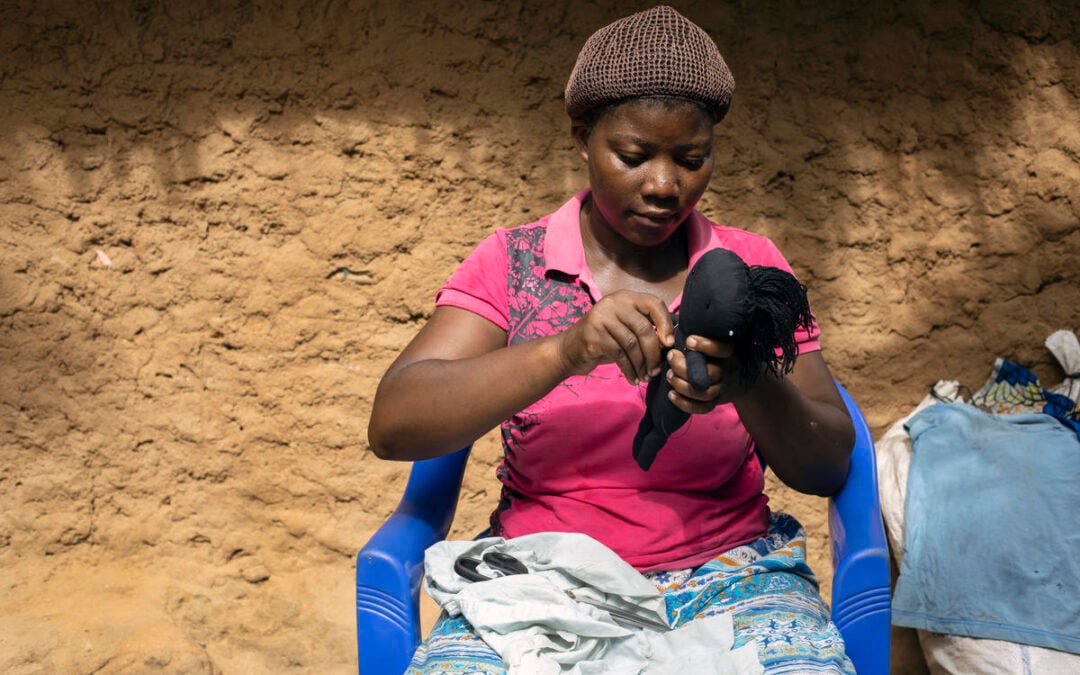
Refugees enjoy better integration when they and their hosts are more financially secure
An impact evaluation shows significant socioeconomic benefits among refugees and hosts who participated in a graduation programme in Mozambique.
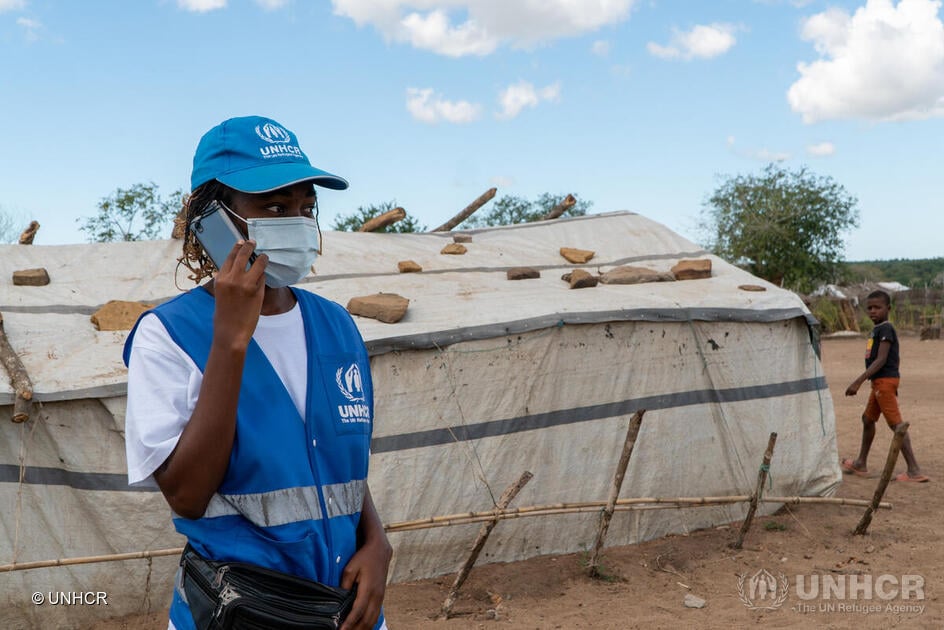
Bridging the digital divide – How UNHCR uses telephone for data collection of forcibly displaced persons
Sampling hard-to-reach populations has been a challenge for surveys for a long time. In the context of forced displacement, out-of-camp refugees, and internally displaced persons (IDPs) are particularly difficult to include in a sampling frame due to higher mobility compared to populations who reside in camps. UNHCR used Computer-Assisted Telephone Interview (CATI)-Assisted Telephone Interviews to collect household-level data of refugees and asylum-seekers.
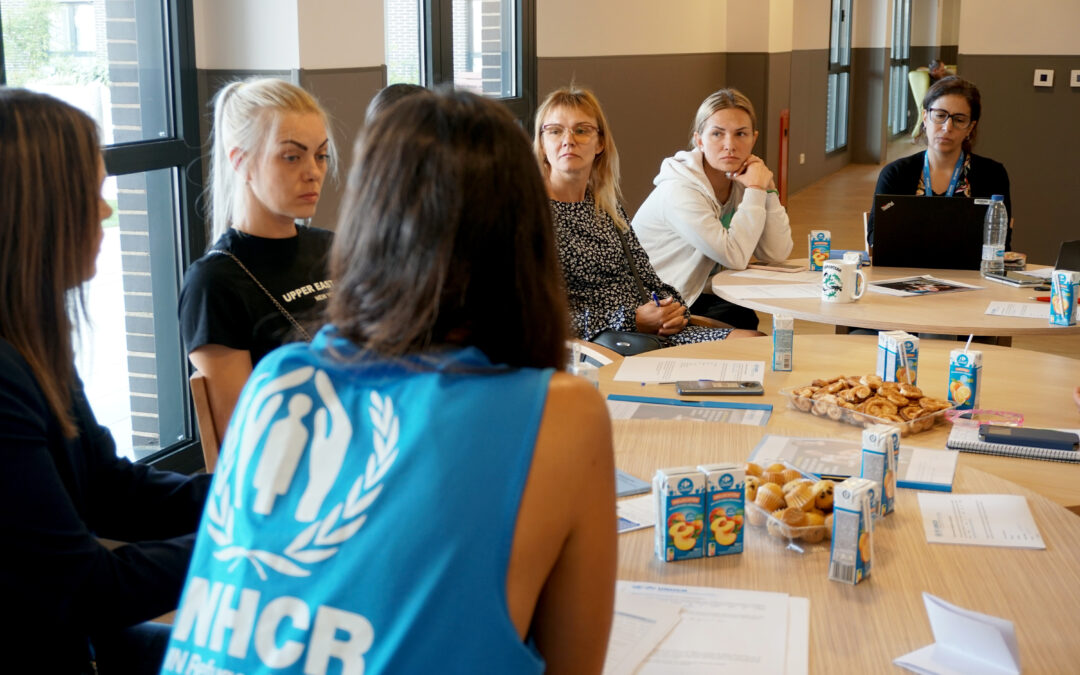
Responsible and Timely: Sharing Data on UNHCR’s Microdata Library in 2022
Data in humanitarian action can provide accurate and up-to-date information on the location, size, demographics and needs of populations affected by crises. This information is used to develop and implement targeted interventions, such as the provision of water, sanitation, shelter, and other critical emergency assistance to those who need it most.

How A Hackathon Supported Personal Data Protection
In today’s rapidly evolving digital world, personal data protection has become a critical issue. With the exponential growth of big data, large amounts of personal information are being collected, stored, and processed, making privacy a major concern for individuals, organizations, and governments alike. To safeguard personal data, it is vital to adopt Privacy Enhancing Technologies (PETs), which are a range of innovative technical solutions designed to enhance privacy and protect personal data. These technologies use encryption and other methods to secure personal information and prevent unauthorized access. As technology continues to advance, so does the potential for privacy technologies to protect personal data in a variety of ways.
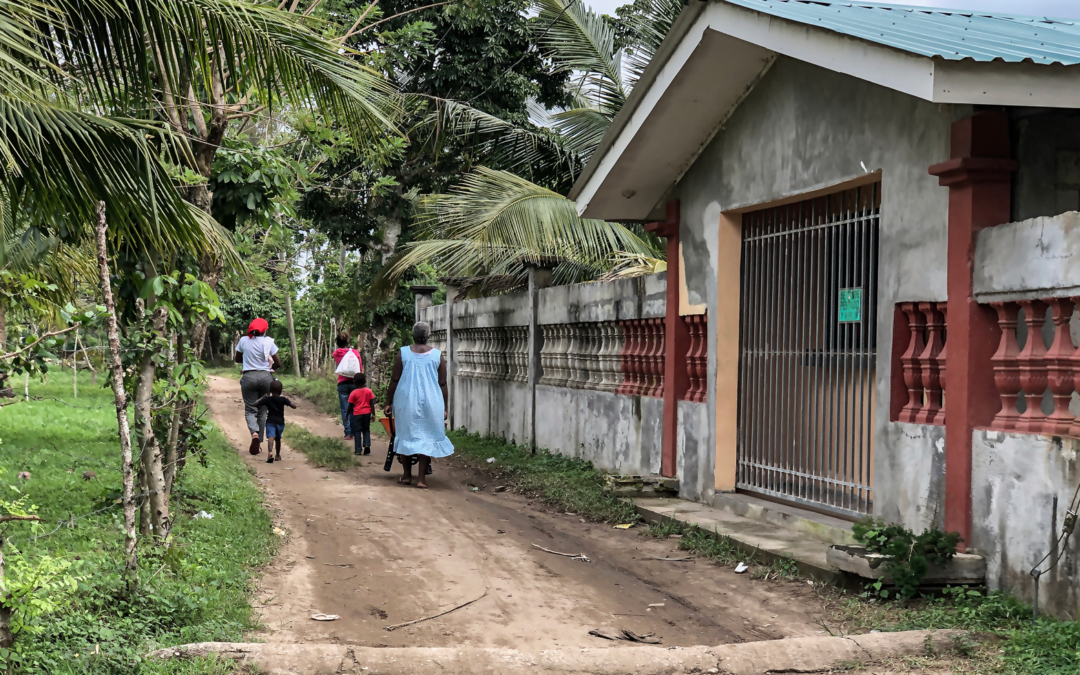
Improving Internal Displacement Statistics in Central America
Inclusion of internally displaced persons (IDPs) in regularly collected national statistics provides the foundation for inclusion in services, policies, and development planning and help ensure that no one is left behind.
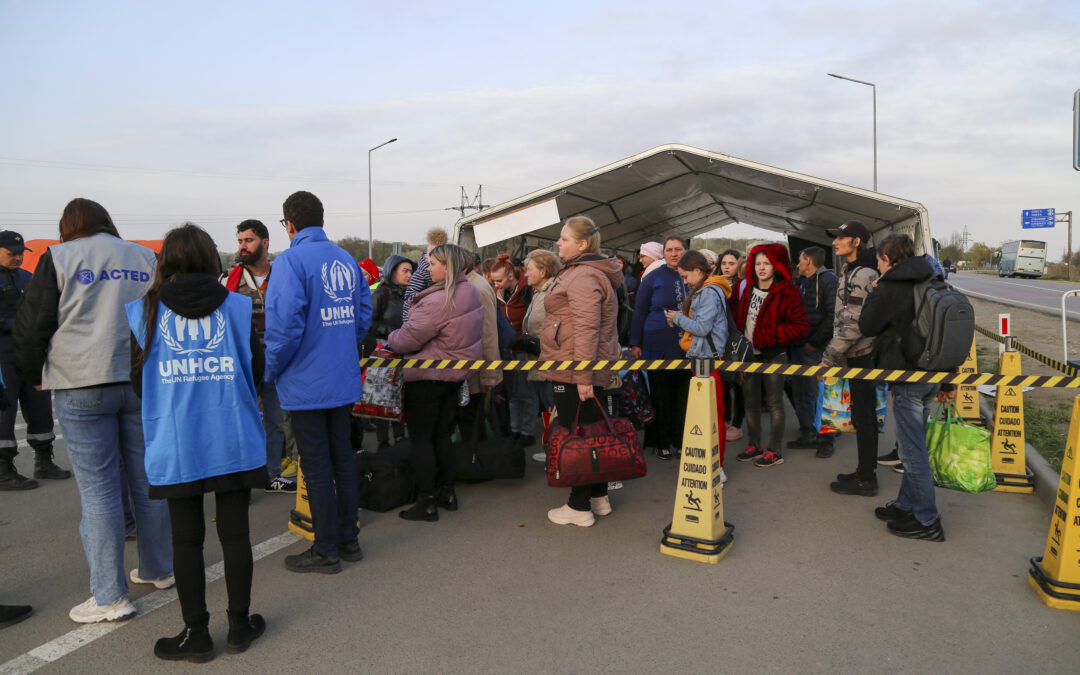
The Power of Now: Nowcasting Refugee Population Figures at UNHCR
UNHCR developed a Nowcasting dashboard to provide an estimate of actual forced displacement figures when official figures are unavailable with an accuracy of close to 99% compared to officially published figures at the global level. These nowcasts are incredibly important in the humanitarian sector as they inform UNHCR and its partners of the rapidly changing situation in almost real-time and enable more efficient decision-making such as emergency resource allocation.
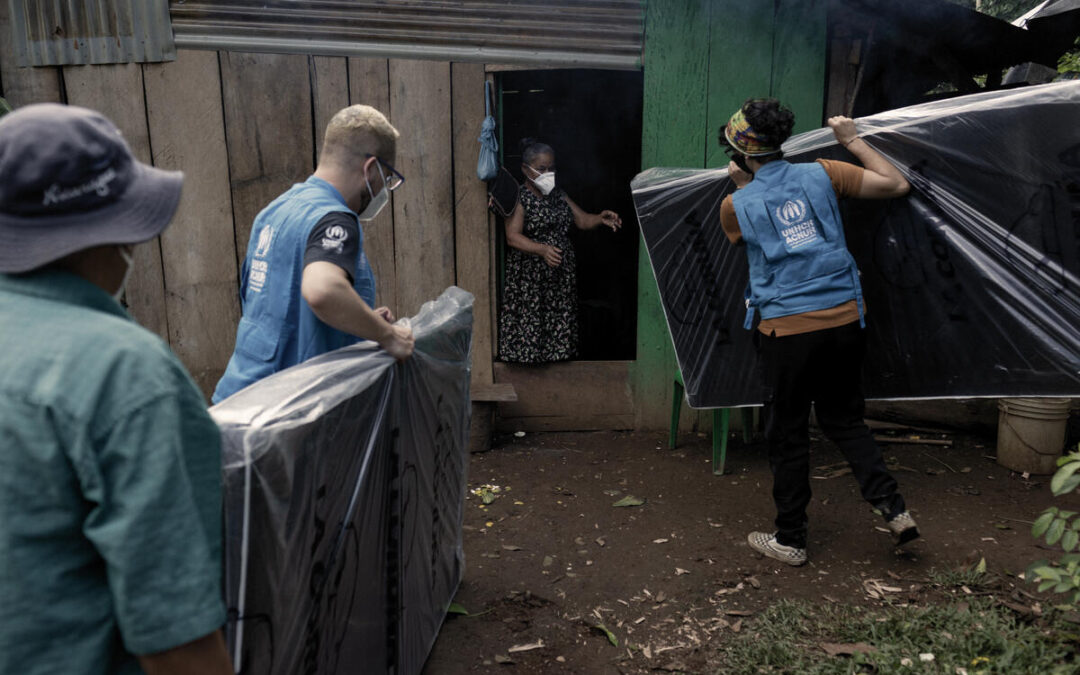
New high-frequency data highlights COVID-19’s major impact on livelihoods and food insecurity in Costa Rica
High-frequency surveys back up UNHCR’s operational assessment that displaced persons need more support to overcome socioeconomic obstacles while seeking refuge in Costa Rica.
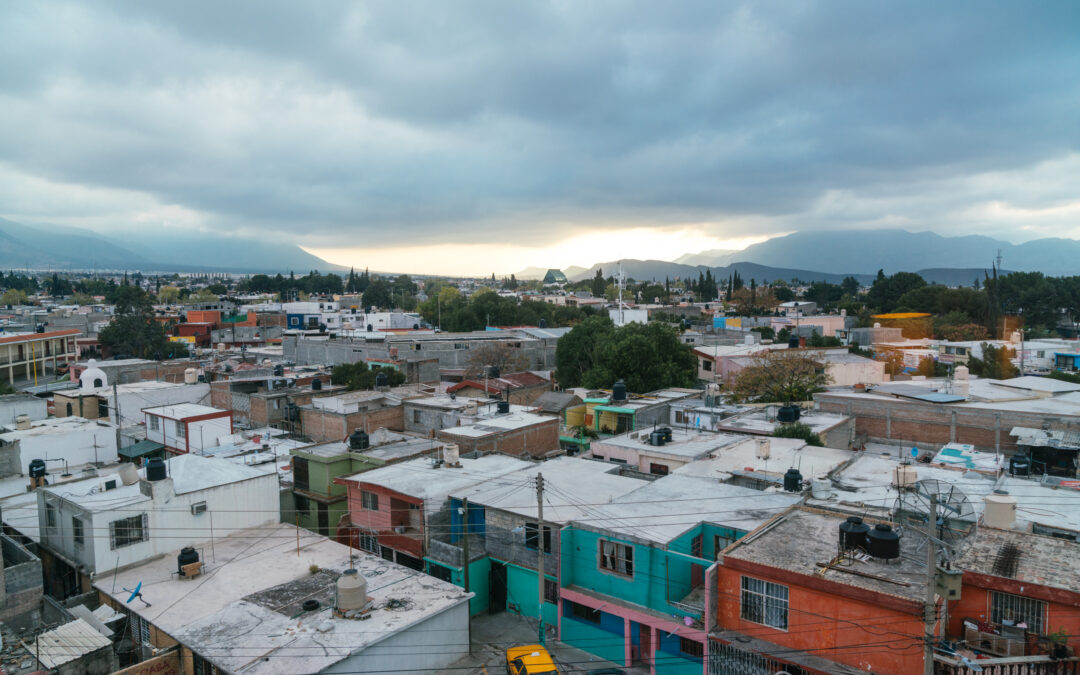
Annual Statistical Report: Experience from the Americas
The DIMA Statistics team within the Regional Bureau of UNHCR in the Americas applies multiple strategies to improve the data quality of the 2021 Annual Statistical Report submission in line with the United Nations Statistics Quality Assurance Framework and UNHCR’s draft Statistical Quality Assurance Framework, which will be published later in 2022. In this post, we will present and explain these strategies.
